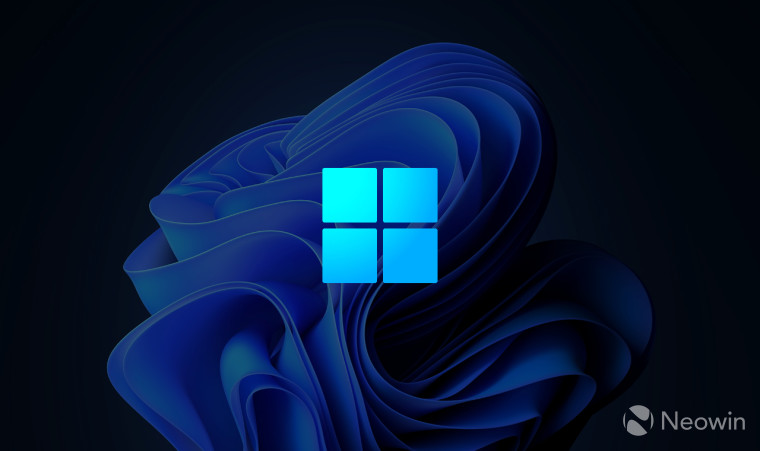
SMB1, also known as Server Message Block, is a standard developed in the late 1980s for providing shared access to files and printers in a network. Like everything else PC and network-related from 30+ years ago, SMB1 is an extremely outdated standard Microsoft stopped supporting long ago. In the latest effort to phase out SMB1, Microsoft announced that it no longer installs SMB1 by default in any Windows variant, now including Windows 11 Home preview builds from the Dev channel.
SBM1 client will remain accessible in Windows 11 for systems that need to connect to legacy machinery (computers in factories, medical gear, consumer NAS, etc) with no support other than SMB1. Users can install SMB1 client from the list of optional Windows features. Microsoft plans to remove all SMB1-related binaries and drivers from Windows in future updates. Also, the company said it would release an out-of-band unsupported install package for organizations that cannot ditch SMB1 for more modern and secure standards.
If you want to check SMB1 status or enable its client, press Win + R and enter the optionalfeatures command. Scroll down the list of features and place a checkmark next to "SMB 1.0/CIFS File Sharing Support."

Microsoft deprecated SMB1 in 2013 due to numerous issues. Since 2017, the company does not ship most Windows versions with SMB1 on by default but keeps the ability to enable the client in Home and Pro SKUs. If the operating system detects no outbound SMB1 traffic for 15 days, it shuts down the client automatically.
As the company said, SMB1 is a more than three decades old standard for a world that no longer exists. Everyone should stop using SMB1 and leave it behind.